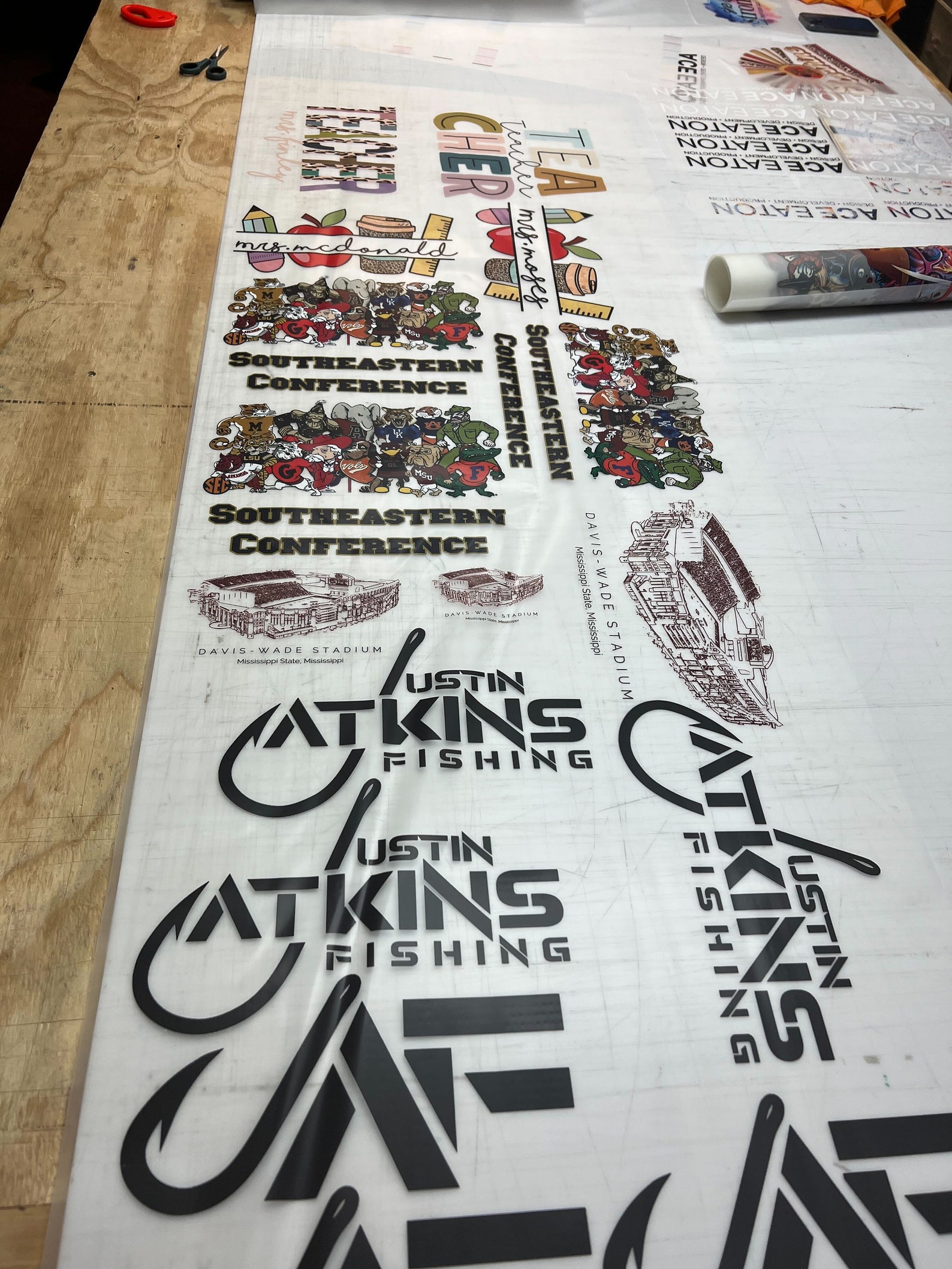Recently, the world of fashion has seen a notable shift towards personalization and unique expressions of style. Among the various methods of customization, custom DTF transfers have emerged as a revolutionary solution, allowing individuals and brands to create stunning designs that differentiate themselves in a competitive marketplace. This technique, which stands for Direct-to-Film, offers an creative approach to transferring graphics onto textiles, making it a preferred choice for fashion enthusiasts, small businesses, and even larger apparel manufacturers.
The allure of bespoke DTF transfers lies in their flexibility and craftsmanship. With the ability to print vibrant colors and intricate designs, this method facilitates the creation of striking apparel that reflects individual identities. For a custom t-shirt, a unique hoodie, or bespoke accessories, the fashion of bespoke DTF transfers enables creators to express their vision in ways that traditional printing methods may not allow. As the demand for tailored fashion continues to grow, DTF transfers are steering for a new era of innovation and self-expression in textiles.
Grasping DTF Transfers
Direct to Film transfers, or DTF transfers, have gained significant recognition in the fashion industry owing to their ability to produce superior designs with lively colors. custom dtf transfers involves imprinting patterns onto a special film with a specialized printing machine, and then applying an adhesive powder that adheres the ink to the transfer. Once prepared, the transfer can be applied onto diverse fabrics, which makes it a versatile option for bespoke apparel.
One significant advantage of DTF transfers is their versatility with various fabric types. Whether it's natural fibers, polyester, or blends, DTF transfers bond effectively and sustain the structure of the fabric. This versatility allows fashion creators and brands to explore a wide array of aesthetics and materials, catering to varied customer demands. The finished product not only looks professional but also feels soft to the touch, enhancing the overall comfort of the garments.
Another characteristic that sets DTF transfers from others is the ease of the application process. Unlike traditional silk screening, which frequently requires multiple setups for different colors, DTF facilitates complex designs with countless colors to be printed in a single pass. This improves the production process, lessening lead times and making it possible for small businesses to offer bespoke designs without the need for extensive resources or equipment. As a result, DTF transfers are emerging as a go-to choice for those looking to create one-of-a-kind and personalized fashion items.
Benefits of Personalized DTF Prints
Personalized DTF applications offer matchless versatility for brands looking to make a one-of-a-kind statement. This printing method allows for a wide variety of substrates to be printed on, including cotton blends, poly blends, and combinations, making it suitable for a multitude of fabrics. With DTF prints, elaborate designs can be effortlessly created and applied, enabling businesses to play around with tints, motifs, and surface qualities that can upgrade their garments. This flexibility makes it an ideal choice for both big and small productions.
Another notable advantage of tailored DTF prints is their durability. Unlike conventional printing methods, DTF prints adhere firmly to the fabric, ensuring that designs remain bright and undamaged even after multiple washes. This lasting quality is crucial for businesses focused on quality and client satisfaction, as it improves the overall endurance of the garment. Additionally, the ability to produce crisp images allows for distinct and intricate designs, ensuring that the final result meets the standards of both creators and consumers.
Affordability is also a notable benefit of employing personalized DTF applications. The technique allows for small purchase quantities, making it ideal for small enterprises and local businesses that want to avoid high inventory costs. Furthermore, the rapidity of production means that brands can promptly respond to trends in fashion and customer demands. This mix of value and effectiveness makes tailored DTF prints an compelling option for fashion professionals aiming to stay competitive in the fast-paced fashion industry.
Implementations in the Fabric Sector
Personalized DTF prints have changed the way fashion brands manage garment embellishment. With the capacity to produce bright graphics and intricate designs immediately onto transfer film, apparel brands can now craft unique products that distinguish themselves in a populated market. This method allows for a array of customizations, permitting brands to adapt to individual customer preferences, seasonal trends trends, or promotional events. The adaptability in design possibilities means that both small businesses and larger companies can effectively utilize DTF transfers to enhance their product.
Beyond just specific garments, bespoke DTF applications are being utilized for multiple textile uses, including complementary items, home décor, and promotional materials. The adaptability of DTF processes allows for smooth usage on various types of materials, from cotton blends to polyester. This adaptability makes it an perfect choice for companies seeking to diversify their product lines without compromising quality or design integrity. The ability to produce detailed graphics with resilience ensures that these uses maintain their aesthetic characteristics over time.
Additionally, personalized DTF transfers significantly simplify the production process. Unlike classic screen printing, which often demands extensive setup and multiple screens for multiple colors, DTF transfers reduce the workflow. This effectiveness not only decreases production time but also reduces costs for brands looking to produce limited runs or one-off items. As the clothing sector moves forward to embrace green practices, the potential to print on demand using DTF methods aligns perfectly with sustainable efforts, making it a innovative choice for the current textile market.

